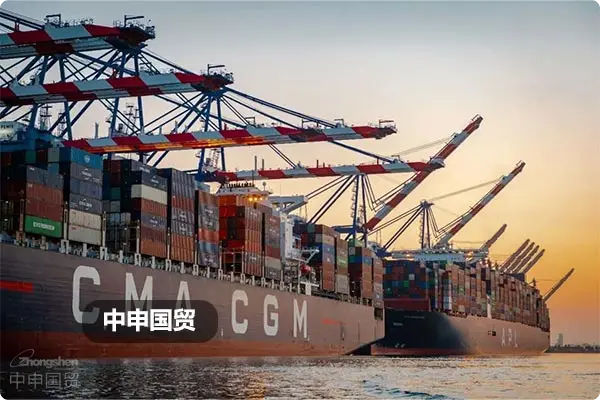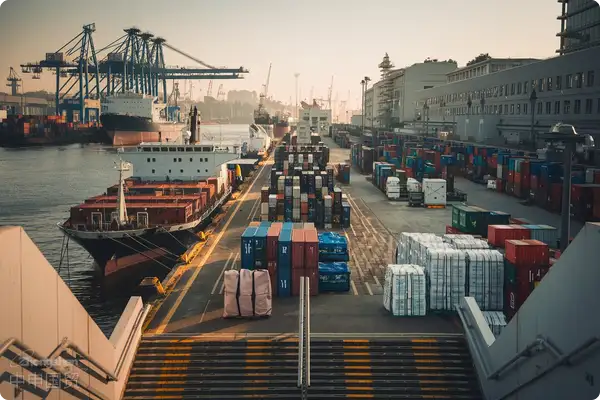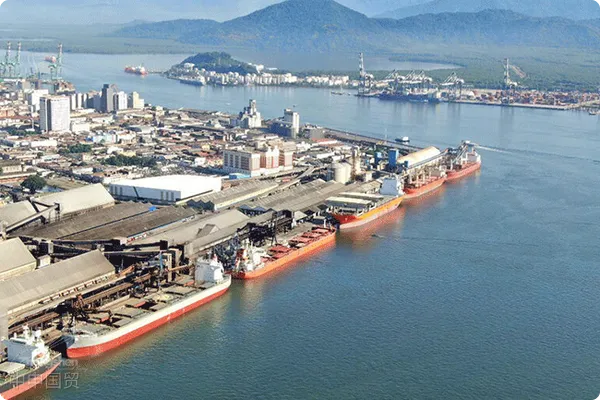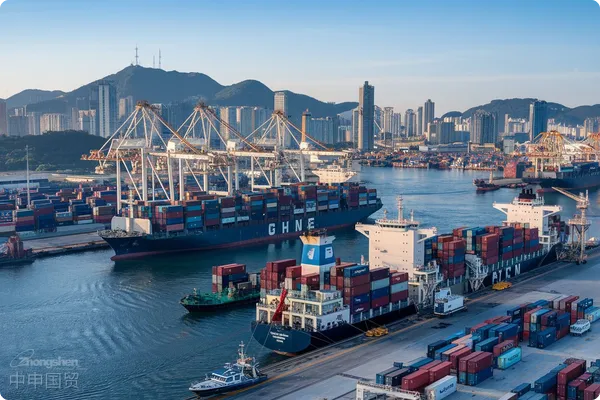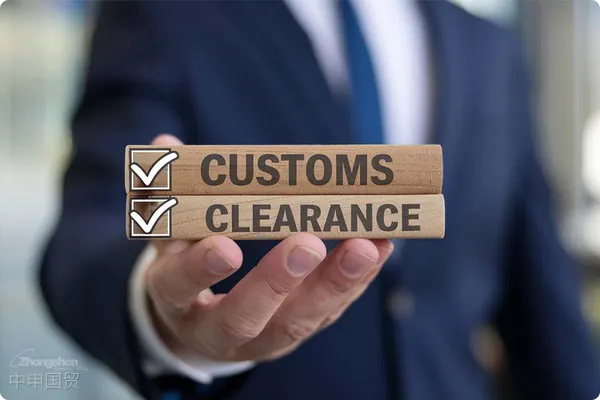- Shanghai Zhongshen International Trade Co., Ltd. - Two decades of trade agency expertise.
- Service Hotline: 139 1787 2118
When exporting metal jewelry to the EU, especially during sample customs clearance, the requirements are often diverse. Especially in the current international environment, the EU has carried out more reviews and supervision of the origin of raw materials. The non - Russian material declaration you mentionedNon - Russian Material DeclarationLED Lights Export to the Middle East, Why Were Your LED Lights Detained by the Customs?, in fact, is one of them. So, how to provide a valid non - Russian material declaration to ensure the smooth customs clearance of your metal jewelry samples? Lets take a look together today.
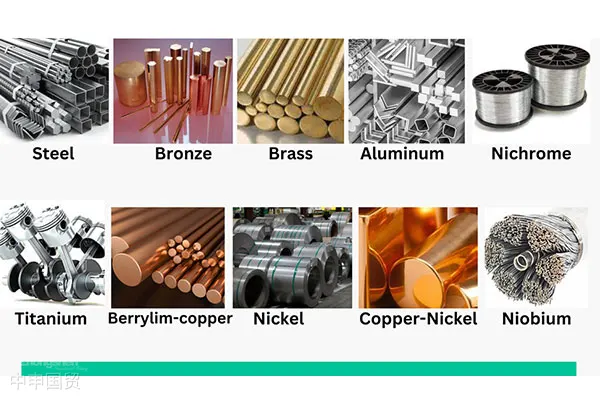
Why is a non - Russian material declaration needed?
Since the EU imposed sanctions on Russia, the origin of raw materials for metals and related products has become a key inspection item for customs. The purpose is to ensure that all products entering the EU do not contain raw materials from Russia, in compliance with the EUs trade policies. Therefore, when you export metal products to the EU, especially products such as metal jewelry and badges, the customs is likely to require you to provide aLED Lights Export to the Middle East, Why Were Your LED Lights Detained by the Customs?.
What is a non - Russian material declaration?
LED Lights Export to the Middle East, Why Were Your LED Lights Detained by the Customs?, as the name implies, is a declaration to prove that all the raw materials used in the metal products you export do not come from Russia. It can be in the form of a simple written statement, usually provided by the exporter (that is, you). During the customs clearance process, the role of this declaration is to inform the customs that the origin of the goods raw materials complies with EU regulations and does not involve the risk of sanctions.
How to write a non - Russian material declaration?
In fact, this declaration does not need to be particularly complicated. It can be a short written description, written on the customs clearance invoice, or a separate declaration letter can be issued. The following is a commonly used format template, which you can modify according to your actual situation:
Template: Non - Russian Material Declaration
To Whom It May Concern:
We hereby declare that the materials used in the production of the metal badge, HS Code: 7323990090, do not originate from the Russian Federation.
Company Name: [Your company name]
Date: [Declaration date]
Signature: [Signature]
Usually, this passage can be attached to thecustoms clearance invoiceat the bottom. If the customs clearance is through a courier company (such as DHL), you can also attach such a declaration in the accompanying documents.
Is a material traceability certificate required?
In most cases, especially for the customs clearance of small - batch samples, providing a simpleLED Lights Export to the Middle East, Why Were Your LED Lights Detained by the Customs?is usually sufficient, especially when the value of the product is low, for example, a box of samples with a value of less than $500. The customs usually adopts relatively lenient inspection standards to speed up the customs clearance process for small - value samples.
However, it should be noted that the acceptance of this kind of declaration depends on the customs of each EU country and its specific implementation. Sometimes the country where the customer is located may requirematerial traceability certificateto further verify the origin of the materials. If this is the case, you need to provide a certificate from the raw material supplier or other relevant documents to prove that the metal does not originate from Russia.
4. 關于MTC證書
MTC證書(Material Traceability Certificate) is actually a kind of material traceability certificate used to trace the supply chain of metal raw materials to ensure compliance with relevant international trade regulations. For metal products, if the customs strictly requires traceability, it may require the provision of an MTC certificate. In this case, you may need to contact your raw material supplier to obtain a material traceability certificate to ensure that the materials meet the EUs compliance requirements.
How to improve the success rate of customs clearance?
Although providing a non - Russian material declaration seems to be a simple step, there are still some tips that can improve the success rate of customs clearance and make you more worry - free:
A. Communicate with the customer in advance
Before shipping, it is best to communicate well with the EU customer to understand their local customs clearance requirements and whether a non - Russian material declaration or other relevant documents are needed. Sometimes, the customer can also negotiate with the local customs to provide support and reduce unnecessary document requirements.
B. Provide clear and accurate documents
Ensure that the information in all documents (such as the customs clearance invoice, bill of lading, packing list, etc.) is consistent. The declaration should clearly state the HS code, quantity, and origin of raw materials of the product. This will reduce unnecessary doubts during the customs review process and speed up the customs clearance.
C. Be flexible
If the customer requests additional traceability documents, such as an MTC certificate, try to maintain good communication with the material supplier so that relevant documents can be obtained quickly. Although in most cases, a simple declaration is sufficient, being flexible will make the entire customs clearance process smoother.
Sharing of practical experience
A friend shared that he had previously exported metal products to the EU. The customer initially required various certification materials, but finally, adding a simple statement at the bottom of the customs clearance invoice led to smooth customs clearance. This is actually related to the support of the customer locally, because the customer may be more familiar with the local customs processes and requirements, which can also play a significant role in facilitating customs clearance.
However, it should be noted that each customs clearance case is unique and subject to the policies and implementation at that time. Although past experience can be used as a reference, paying attention to policy changes at any time can ensure that there are no mistakes when your products are exported.
Summary
For the customs clearance of metal jewelry samples exported to the EU,LED Lights Export to the Middle East, Why Were Your LED Lights Detained by the Customs?is a key requirement, especially against the background of the EUs trade sanctions against Russia. This declaration is usually very simple and can be written directly on the customs clearance invoice or a separate declaration letter can be issued. Although most small - value sample exports do not require complex material traceability certificates, you still need to maintain good communication with the customer and the freight forwarder to respond promptly to possible additional document requirements.
Related Recommendations
? 2025. All Rights Reserved. 滬ICP備2023007705號-2  PSB Record: Shanghai No.31011502009912
PSB Record: Shanghai No.31011502009912
